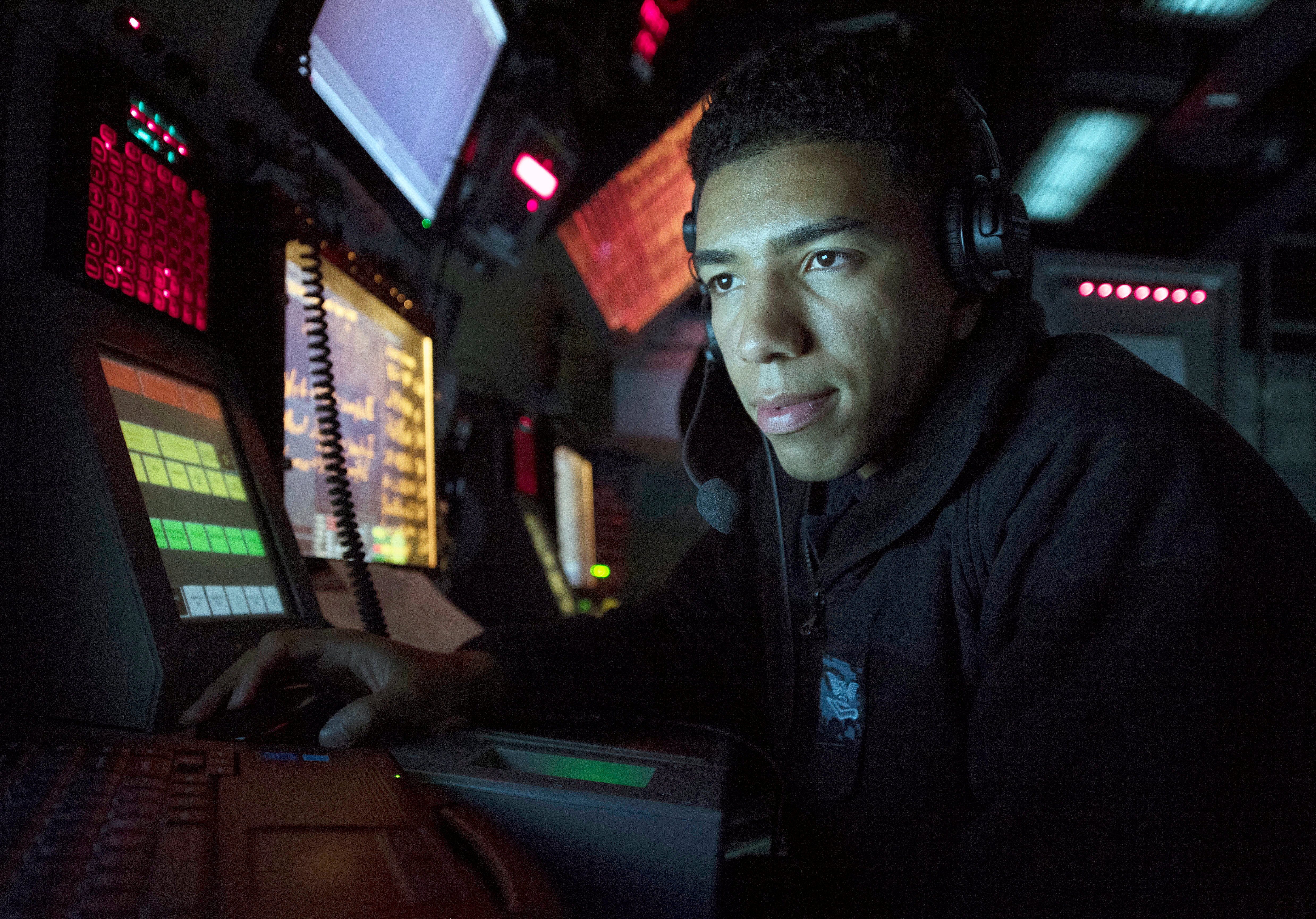
Three congressionally mandated studies outline what the Navy of 2030 could look like and present three very different takes on how the service could tackle its roles and responsibilities in the future.
The Center for Strategic and Budgetary Analysis (CSBA), MITRE Corporation and the Navy completed the studies that were required by the National Defense Authorization Act of 2016 and would feed into the service’s future fleet design, Chief of Naval Operations John Richardson told USNI in August.
“There will be an operating and warfighting component to that new fleet design, new ways of getting at sea control and some of those other things that it describes. Some of that work is being done now, we’re using the fleet in different ways as we build that readiness and deploy that readiness forward,” Richardson said.
The three studies differ from the Navy’s Force Structure Assessment, which the service released in December. The FSA was crafted to create an outlook for the service using current platforms while the architectures are more open ended and could include new platforms and strategic ideas.
The studies were delivered to Congress on Friday, USNI News understands.
CSBA Study
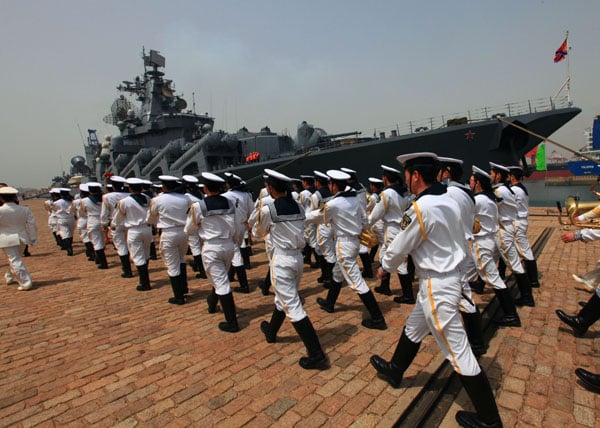
The root of the CSBA study was based on how the U.S. would face armed conflict with China or Russia, which are “probably going to be the defining characteristics of the Navy of the future,” lead author Bryan Clark told USNI News on Friday.
The study plays up the speed to which expeditionary forces can arrive in conflict areas and spreads out the Navy’s offensive power away from a few heavily armed carrier strike groups. The plan includes light carriers paired with amphibious ready groups and full-sized air defense-capable multi-mission frigates and introduces a new small anti-ship guided-missile corvette to give the enemy more targets to handle in a major conflict.
For example, the corvette, which could resemble the small Visby-class used in the Swedish Navy, would field a limited air defense capability like the Enhanced SeaSparrow Missile and four to eight anti-ship missiles.
“The idea is this helps you distribute your surface fires so your [surface action groups] can be more numerous and create more places where the enemy has to consider the fires threat – surface fires or strike – as opposed to the Navy’s plan which has 108 larger surface combatants,” Clark said.
“You’re really concentrating your fires in the fleet the Navy wants to have, and we’re arguing for a much more distributed surface fleet by taking advantage of some of the technologies you can get on some of these smaller combatants.”
The frigate would be a departure from the modular design of the Littoral Combat Ship and include a Vertical Launch System and an anti-submarine capability.
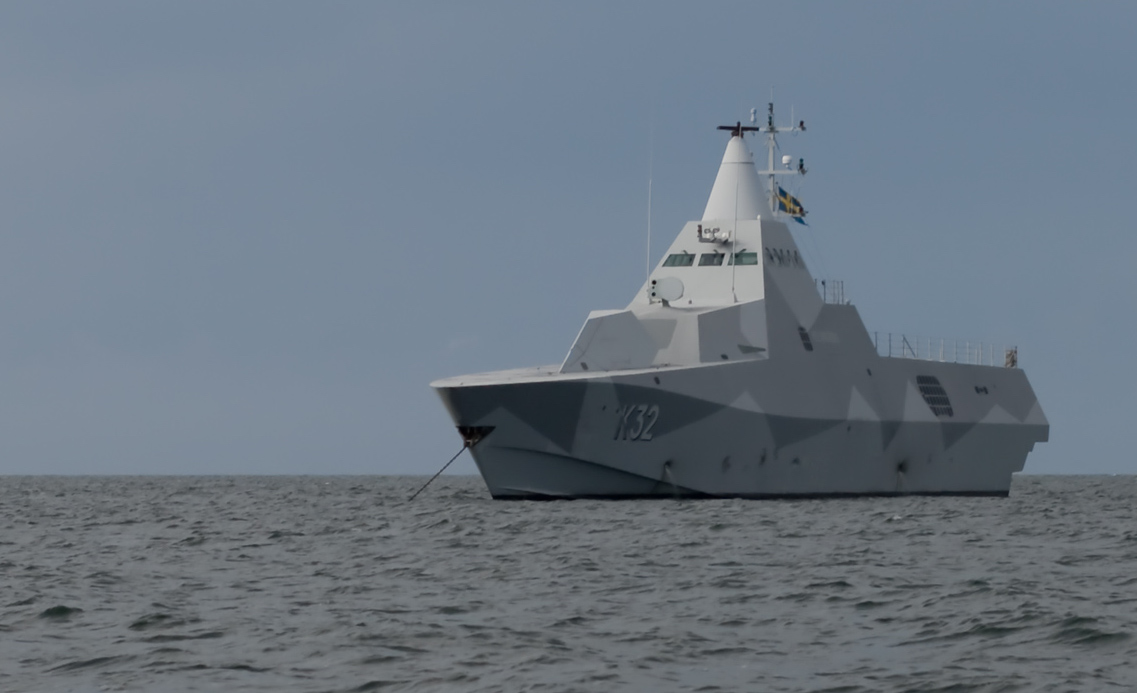
“We costed out the version we had was going to be about a billion a frigate, so it’s still expensive, but you can buy two frigates for the cost of one DDG and distribute your fires,” Clark said.
The light carriers – about 45 to 50,000 tons – would initially be modified America-class amphibious assault ships and feature a catapult launching system so the amphibious ready group could launch larger fixed-wing aircraft to provide, for example, air search radar like on the carrier strike group.
“The CVL is really designed to be part of the ARG, and it provides the long-range fires that Marines need for amphibious operations in this future environment,” Clark said.
“I need fires that accompany Marines to either do the softening up of the target or to provide [close-air support] or [intelligence, surveillance and reconnaissance], so you need have more fixed-wing aircraft on the big deck to afford them the ability to do that.”
Ultimately, the driving force behind the CSBA study is that forces should already be operating near the site of potential conflict so they can be used quickly without waiting months to prepare a battle space – a key feature of fighting foes like the Russians or the Chinese.

One idea in that vein would be to build unmanned vehicle hubs in the Black Sea in Romania and Turkey that would create a constant U.S. presence in the region with out running afoul of the Montreaux Convention that creates specific limits for ships that enter through the Bosphorus Strait.
The surface and subsurface unmanned vehicles could provide defense and offensive power in the region quickly.
“I don’t want to garrison a bunch of ground troops in NATO like I did back in the Cold War,” Clark said.
“You have to demonstrate to the Russians that you can trade the pain with them right away and not wait six months to build up to it. Right away you’re going to be able to poke them in response in what they do, so you can keep it proportional, you can keep that from escalating.”
Navy Study

Like CSBA, the Navy’s internal Future Force Assessment study focused on creating a distributed fleet that would put more firepower in more places and complicate and enemy’s targeting. In creating that future fleet, the Navy team made few recommendations for new platforms and instead focused on taking today’s platforms and netting them together, augmenting their battlespace awareness and firepower with various unmanned platforms, and creating new strike group constructs to go after potential threat sets.
This vision for 2030 operations is still carrier-focused, with today’s carrier strike group getting an upgrade into a “augmented carrier strike group” for round-the-clock warfighting operations when needed. Today’s CSG composition – with a Flight III Arleigh Burke-class destroyer in lieu of a cruiser – would be supplemented by an LHA/LHD amphibious assault ship and two Littoral Combat Ships. Those ships would support 27 Navy F-35C and F/A-18E/F strike-fighters, up to 23 Marine Corps F-35B vertical landing strike fighters, 14 EA-18G electronic attack aircraft, six E-2D airborne early warning aircraft, 14 MH-60R maritime strike helicopters, six MH-60S sea control helicopters, two CV-22 carrier logistics aircraft, 10 unmanned aerial vehicles dedicated to tanking, and up to six UAVs for intelligence, surveillance and reconnaissance (ISR).
Bringing in the amphibious assault ship to carry strike fighters allows the aircraft carrier to bring along more electronic attack and ISR capabilities than today’s carrier strike group. Having strike fighters launching from two capital ships instead of one would also complicate the enemy’s targeting, the report notes, and would decrease the impact of a successful attack on a Navy ship.
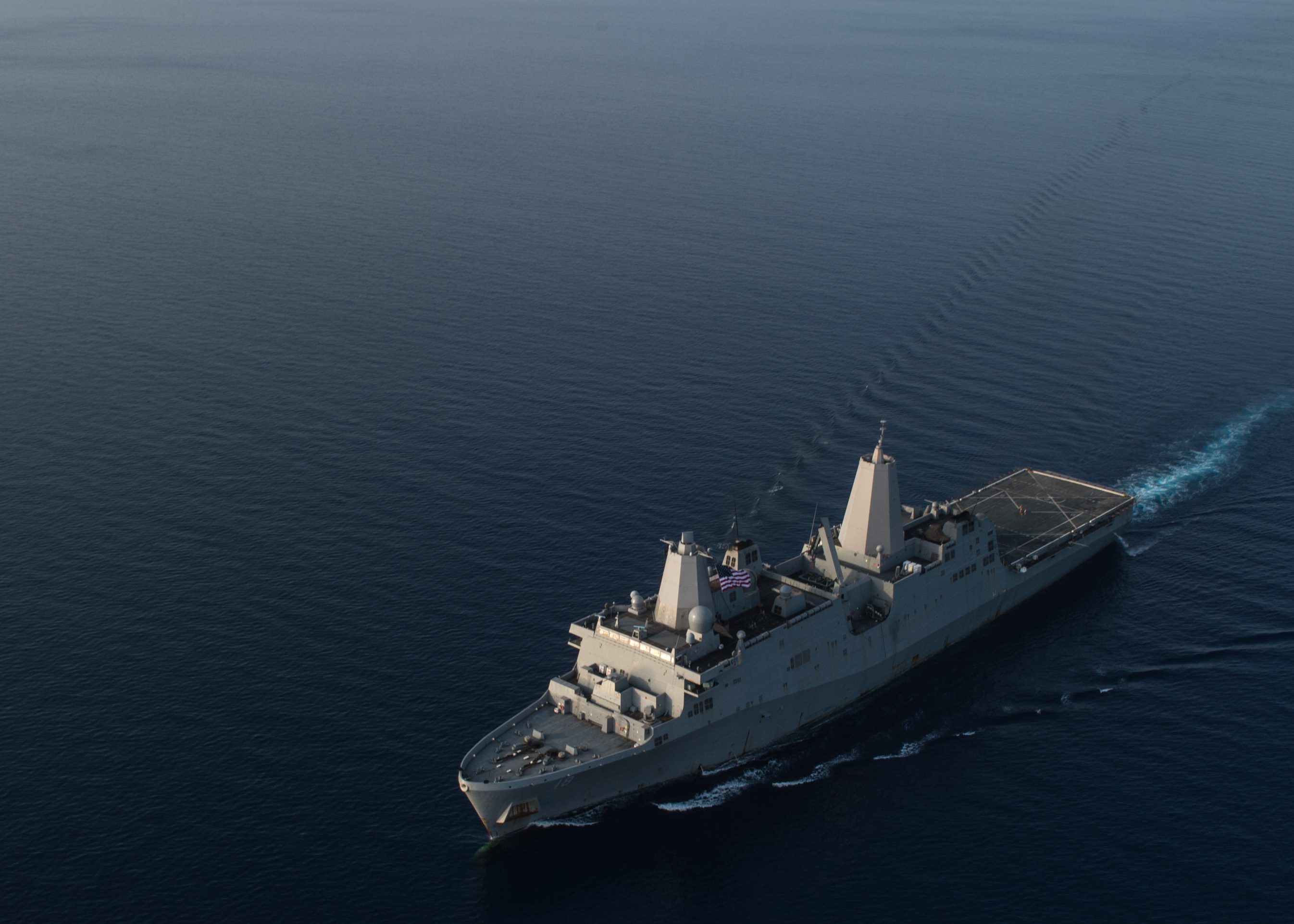
Other than the addition of the amphib and LCSs to the CSG, this construct looks very much like today’s fleet. The report notes that “today’s fleet possesses most of the platform capacity and payload volume” to support this vision and that the Navy would have to focus its research and acquisition on boosting capability through prioritizing “increasing weapon lethality and more robust kill chains.” Specifically, “priority was given to next generation offensive surface warfare weapons for sea control within a contested maritime area, as well as multi-mode weapons capable of striking multiple types of targets.”
In addition to the augmented CSG, the Navy’s FFA also proposes several other strike group concepts. A “Long-Range Strike Surface Action Group” would consist of a Flight IIA DDG or a DDG-1000 with a smaller amphibious ship, with both ships carrying four to six UAVs for over the horizon targeting (OTH-T) and the amphibs carrying up to four unmanned surface vehicles (USVs) for long-range strike. This SAG would “deploy throughout the theater using a combination of organic sensors and the netted common operational picture to engage enemy forces – particularly naval targets.”
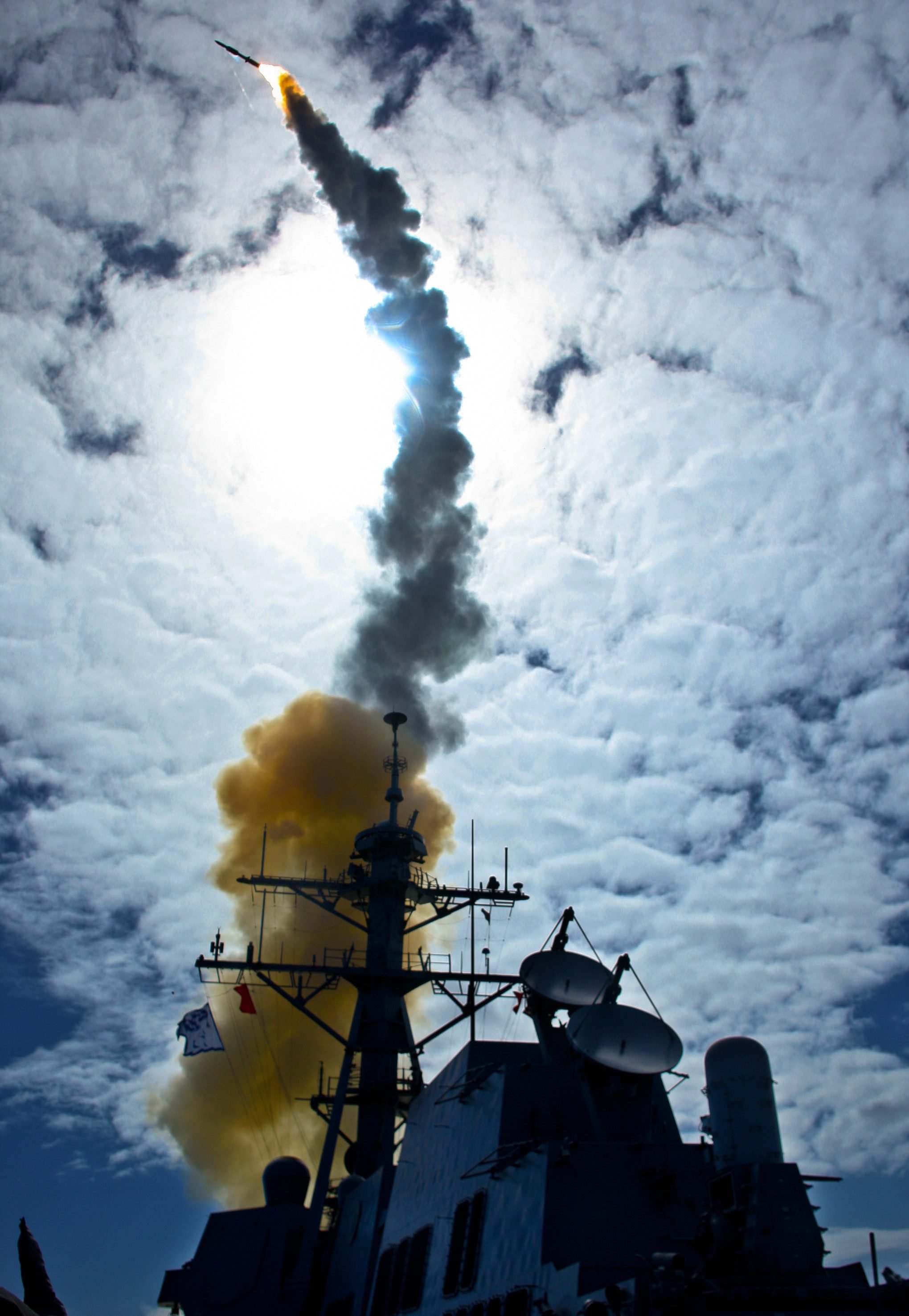
An “Integrated Air and Missile Defense SAG” consisting of two Ballistic Missile Defense-capable destroyers would “deploy to provide IAMD of critical infrastructure in the theater, particularly in the early days of conflict before land-based IAMD systems arrive.”
The collective capability of all these augmented CSGs and various SAGs operating in theater together “replaces combat power originating from a few nodes to a netted system of nodes able to sense, communicate and act in unison. At full implementation, in a major theater war the concept would provide several dispersed, netted CSGs as well as other combat nodes, supported by unmanned surface and air vehicles providing [ISR and targeting] and alternative weapons delivery options,” the report reads, noting elsewhere that the Navy would have to make investments in data links, communications and other enabling capabilities beyond what is planned today in support of the Navy Integrated Fire Control-Counter Air (NIFC-CA) web of sensors and shooters.
Due to the FFA mostly relying on today’s platforms, as well as advances in unmanned systems that are already in their beginning stages of development, the Navy could achieve this vision of 2030 operations mostly by accelerating already-planned research.
The FFA report calls for new types of unmanned vehicles, such as armed unmanned surface vehicles that deploy from an amphib and “independently deployable large unmanned underwater vehicles” – possibly akin to the Extra-Large UUV (XLUUV) – to bring sensors and weapons into contested waters unsafe for manned submarines.
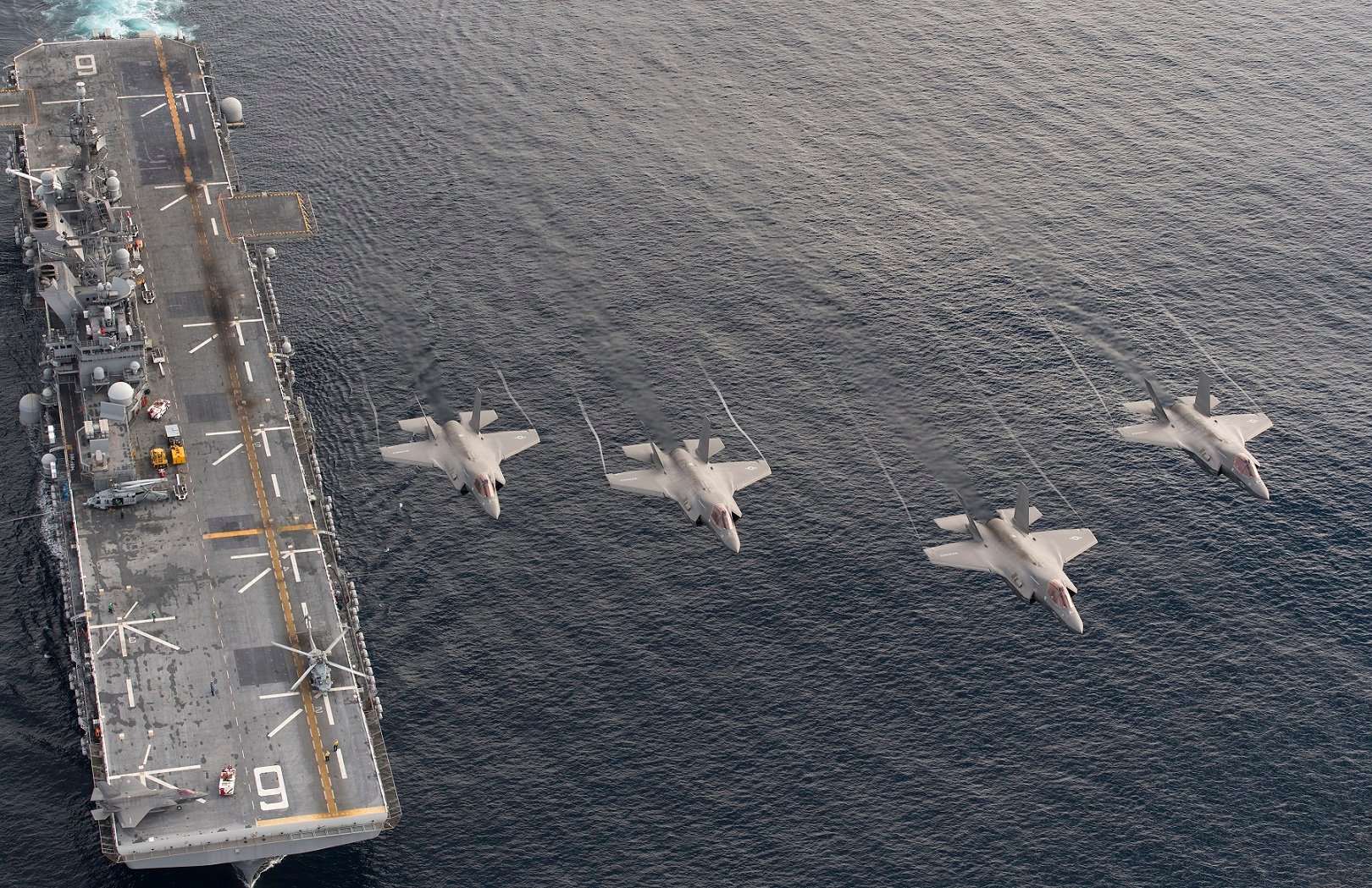
The study does recommend a few new variants of ship: a CV-LX light carrier, or “Short Take- Off Vertical Landing (STOVL) variant based on the LHA-6 class but modified for a larger flight deck, fuel, and aviation ordnance, weighing approximately 43K tons. It would carry up to 23 F-35Bs and would generate 30-40 sorties per day but not be able to support the Navy’s program of record airborne early warning or electronic attack aircraft.” A DDGH would be a Flight III variant that has only forward missile-launchers, with the aft missile launch system being replaced by enhanced aviation space that could support two helicopters and four unmanned vertical takeoff UAVs.
In sum, the plan requires a modest increase in manned ships – from today’s planned 304 ships in 2030 to 321 – and a decrease in manned aircraft – from 1,555 planned down to 1,220 – all of which would be supplemented by 713 unmanned air, surface and underwater vehicles of various sizes. Though efficient due to its reliance on netted nodes and unmanned systems, the study does not address the cruiser, LCS/frigate and possibly destroyer replacements that will be needed shortly after 2030. The Navy had previously worked on a Future Surface Combatant study that pointed to a family of systems approach, which could have nestled nicely with the FFA’s desire to have a destroyer plus a more aviation-centric destroyer, a frigate plus an unmanned small surface combatant, and the emphasis on carrier operations which necessitates a suitable air defense commander capability that currently only resides in the cruiser.
MITRE Study
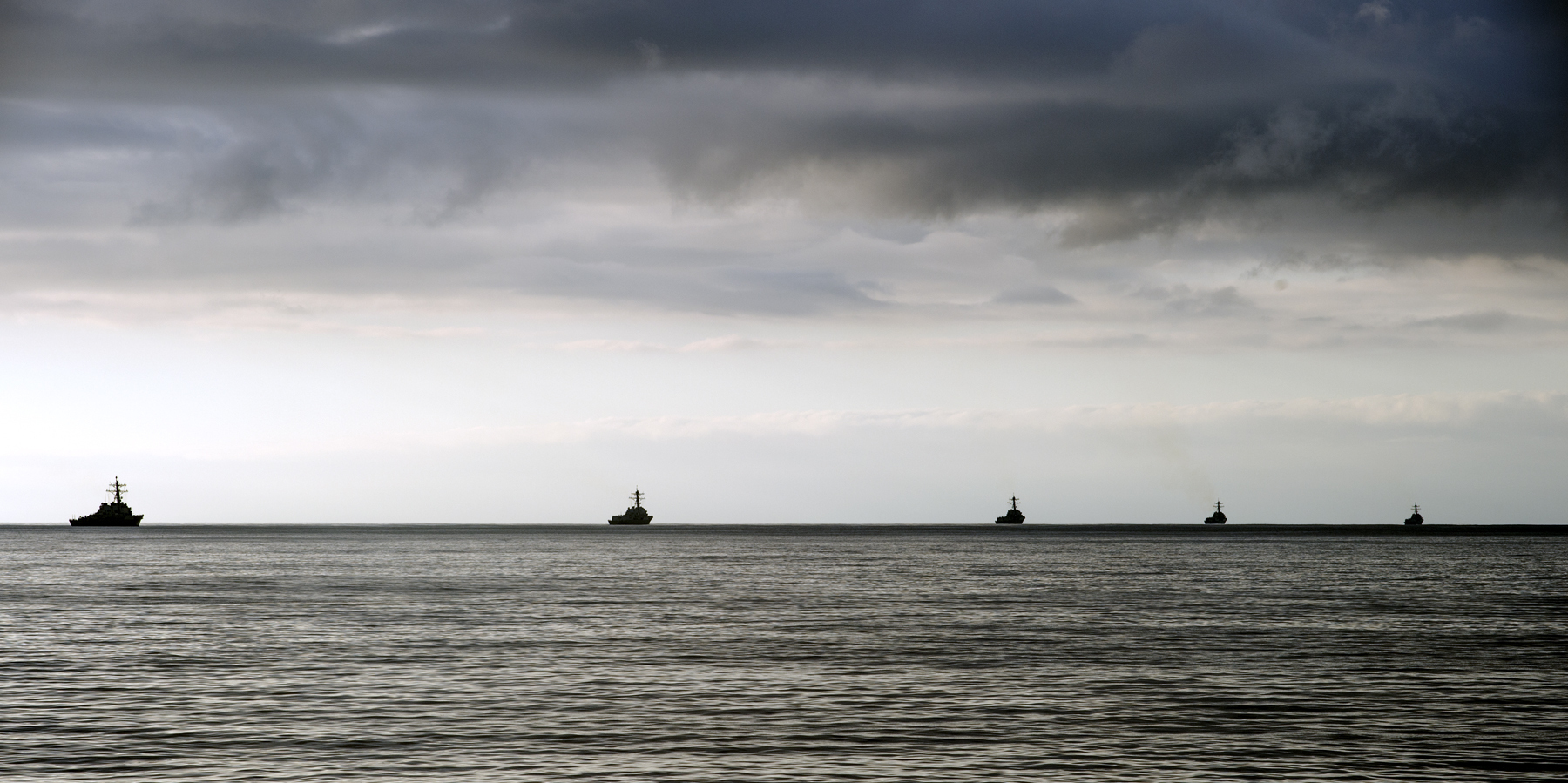
On the other hand, MITRE took a very aggressive approach in its FFA, calling for a 414-ship fleet – with a preference towards expensive options such as large surface combatants over small ones, and both today’s nuclear-powered submarines and a diesel variant as well – and faster and longer-range weapons to support that fleet.
Though MITRE notes its ideal 2030 fleet is unaffordable, it still lays out a vision of 160 large surface combatants, 72 attack submarines, 14 aircraft carriers and two guided-missile submarines. In an attempt to reduce cost, the report recommends cutting LCS production to help pay for increased destroyer production, modifying the Ford-class carrier design or creating a conventional-powered carrier to reduce cost, scaling down the LX(R) amphibious dock landing ship replacement, and supplementing today’s nuclear-powered stealthy Virginia-class attack submarines with a less-expensive diesel sub to create a larger force for combatant commanders.
The current frigate plans – an evolution of the LCS, meant to create a more survivable multi-mission ship – would be scrapped, and a new frigate (FF(X)) would be designed to include an electromagnetic railgun with high velocity projectile, a Vertical Launching System with Tomahawk missiles, the ability to launch and recover unmanned surface vehicles, and the ability to rearm and refuel other ships’ helicopters.

The next destroyer would be large, displacing more than 10,000 tons, and the three Zumwalt-class DDG-1000 would serve as command and control ships when the current LCC command ships decommission.
Additionally, to supplement the surface combatants, the study recommends building a magazine ship (MG(X)) “to act as ‘wingmen’ for large surface combatants.” Each would have two to four weapons sections – with each section holding either an electromagnetic railgun with 1,000 rounds, 128 to 256 VLS cells for Standard Missiles, or 12 to 24 VLS cells for a Pershing 3-sized missile – and each MG(X) could be built with a different configuration to provide some variety to the fleet. The study proposes building these on the John Lewis-class fleet oiler hull with some modifications to increase speed.
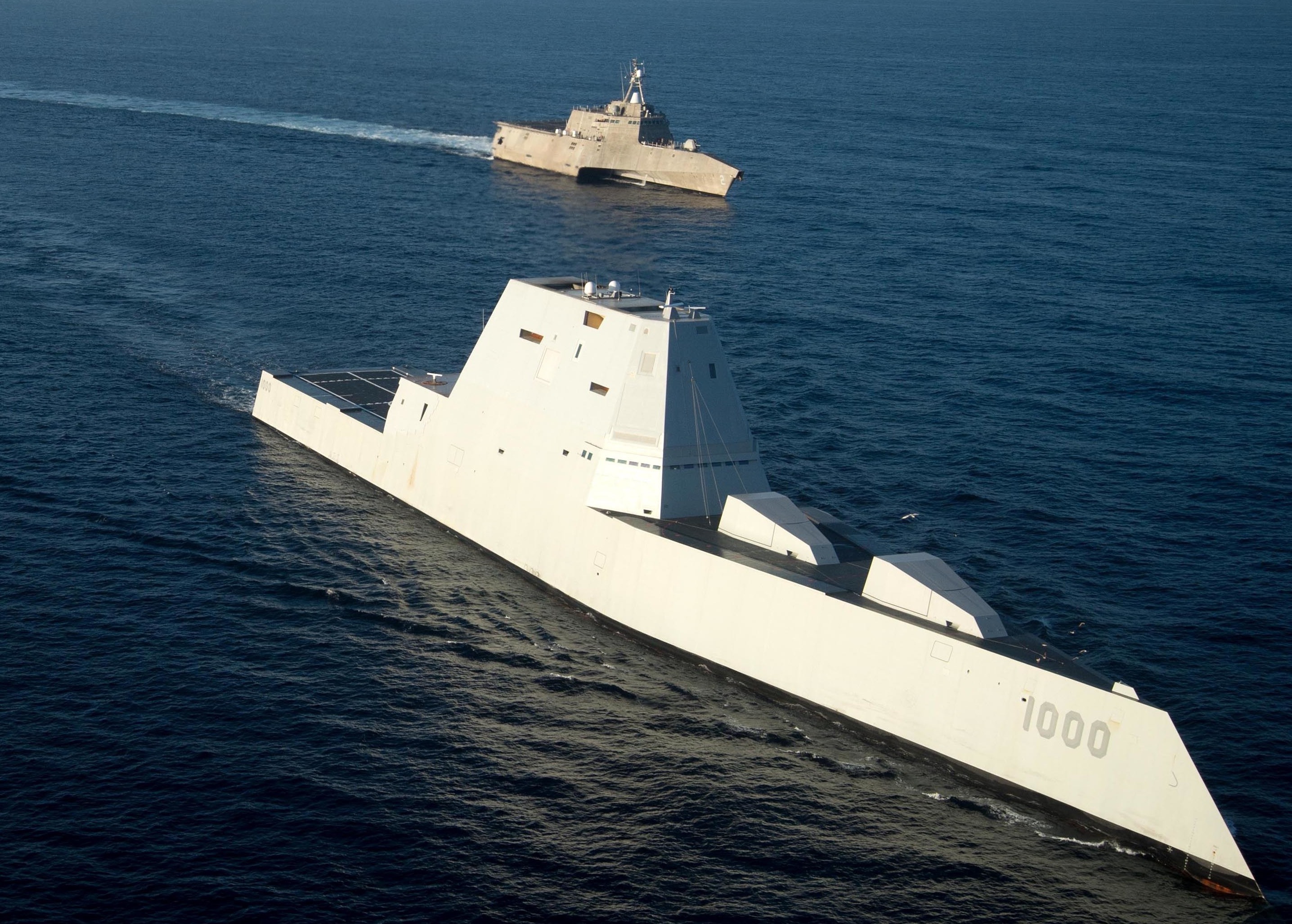
In all, while the report talks about some cost-saving measures – such as scaling down the LX(R) plans to a modified Spearhead-class expeditionary fast transport (EPF) or a modified Watson-class large, medium- speed roll-on/roll-off ships (LMSR), instead of keeping it at the current San Antonio-class amphibious transport dock (LPD) derivative – it proposes a lot of pricy solutions to address future operating concerns.





